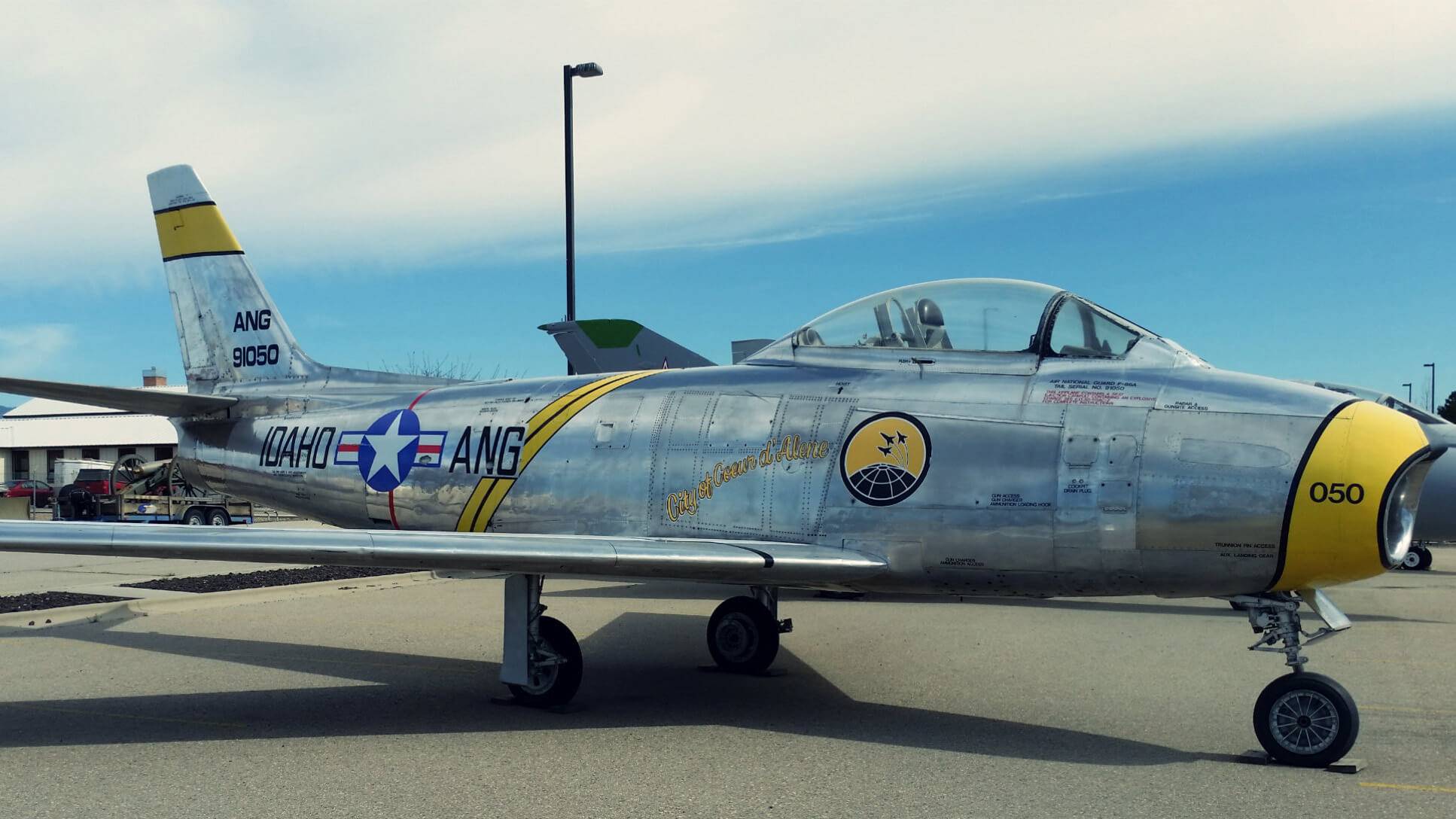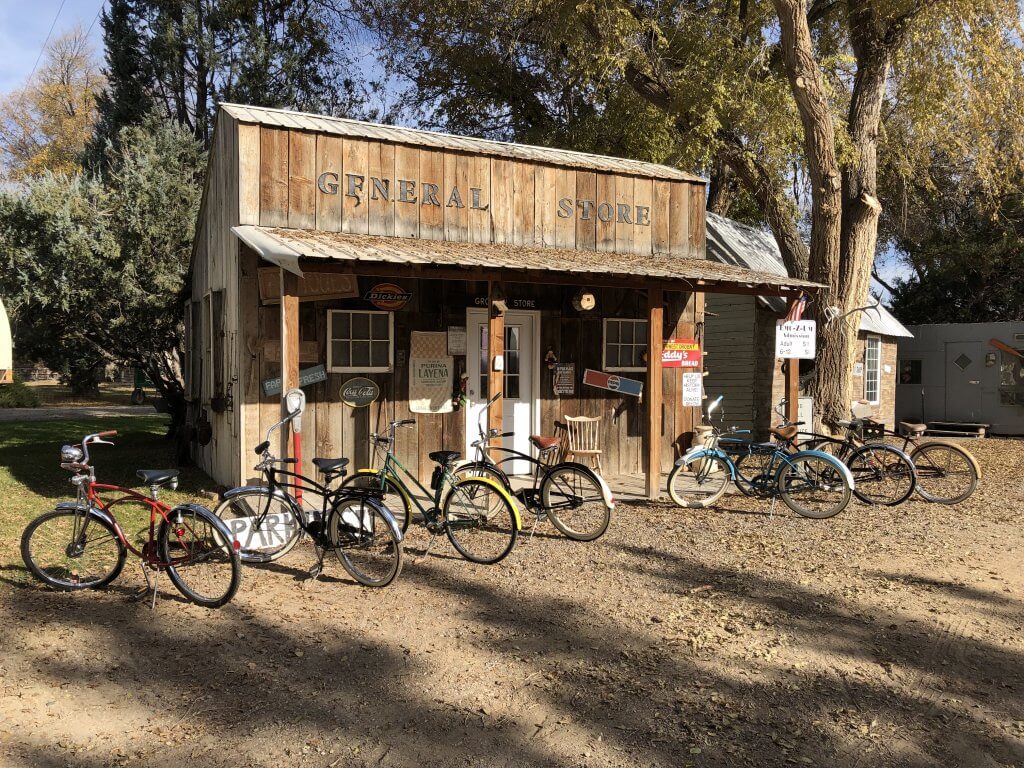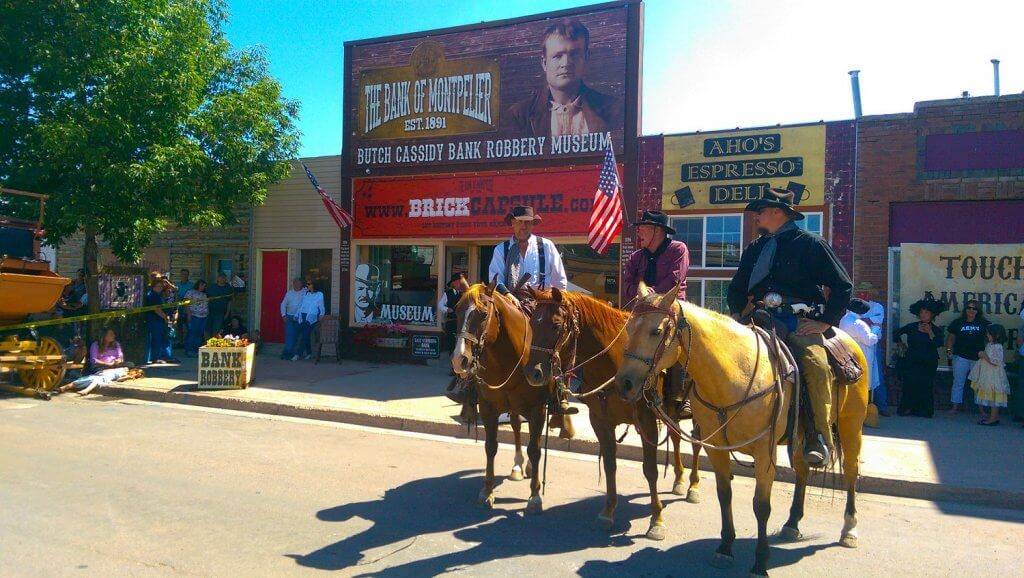Every November 11th, we honor the men and women who have served our country. This Veterans Day take a moment to uncover Idaho’s rich military history.
The Gem State is home to numerous war memorials, historic military sites, and current military operations. For example, the Mountain Home Air Force Base and the 366th Fighter Wing have a history stretching back more than 70 years. Gowen Field (Boise) is home to the Idaho Air National Guard, Army National Guard, and the reserve units of the Army, Navy, and Marines. While these bases continue to grow Idaho’s place in military history, our memorials and historical sites commemorate Idaho’s past.
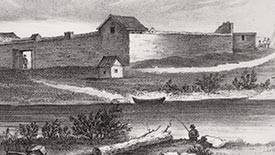
Near the original location of Fort Boise, you can find a commemorative marker. When the Oregon Trail opened in 1841, the post was a major stop for the wagon trains crossing the Snake River into Oregon. The fort was damaged by a flood in 1853, partially rebuilt, then abandoned in 1854 due to skirmishes with the Native Americans. A replica of Fort Boise now stands in the city of Parma and offers a historical museum and pioneer cabin amid the fort’s reconstructed concrete walls.
In 1863, the military chose a location for the new Fort Boise in what is present-day Boise and construction began soon afterward. With the protection of the military, the town grew quickly. Other names for the fort were the Boise Barracks and Camp Boise. After 49 years at the fort, the U.S. Army left the site in 1912. The Idaho National Guard occupied it until 1919, when the Public Health Service obtained it for a center for veterans of World War I and tuberculosis patients. The foothills above Ft. Boise were used for gunnery practice. Today, many of the original buildings and officers’ quarters still stand and house Veterans Administration and Medical Center offices. To get a closer look you can drive through Fort Boise or walk along the narrow, tree lined streets.
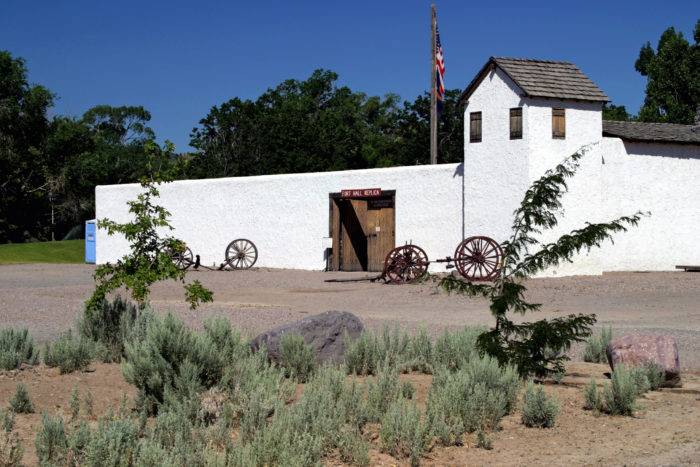
The first Fort Hall was built in the early 1830s as a trading post and resting spot for fur traders and emigrants traveling the Oregon Trail. Destroyed by flood in 1863, a second Fort Hall was built, but occupied for barely a year. The third Fort Hall was established in 1870 by Captain James E. Putnam, 12th U.S. Infantry. The Army post was designed to protect stage and freight routes and the Bannock Indian Reservation and abandoned in 1883. None of the original buildings remain at either site. The 1870 site is listed on the National Register of Historic Places. The Fort Hall Replica is located in Pocatello, a wonderful display of period lifestyle and one of the Northwest’s earliest fur trading forts.
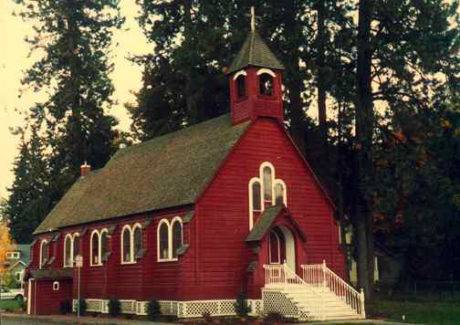
In 1878, Camp Coeur d’Alene, later renamed Fort Sherman, was established as an Army post along the banks of the Coeur d’Alene River and Lake Coeur d’Alene. Built in 1880, the Fort Sherman Chapel is Coeur d’Alene’s oldest church, school, library and meeting hall and one of a few remaining buildings of Fort Sherman. The fort was abandoned in 1900 and the buildings and property sold at public auction in 1905. The buyers who purchased the land let the church remain and it has been used by many denominations over the years. The Chapel, now listed on the National Register of Historic Places, was donated to the Museum of North Idaho in 1984 to ensure its preservation. Fort Sherman once occupied the land where the North Idaho College sits today. You can tour the North Idaho College Campus year round or visit the North Idaho Museum May through October.
While many of the forts were established by the U.S. Army, Idaho also plays an important role with the U.S. Navy. The Farragut Naval Training Station was located on the shores of Lake Pend Oreille in Bayview, Idaho. Ground was broken in March 1942, and by September the base had a population of 55,000, making it the largest city in Idaho. At the time, Farragut was the second-largest training center in the world (behind Naval Station Great Lakes). The last recruit graduated from Farragut in March 1945 and the facility was decommissioned in June 1946.
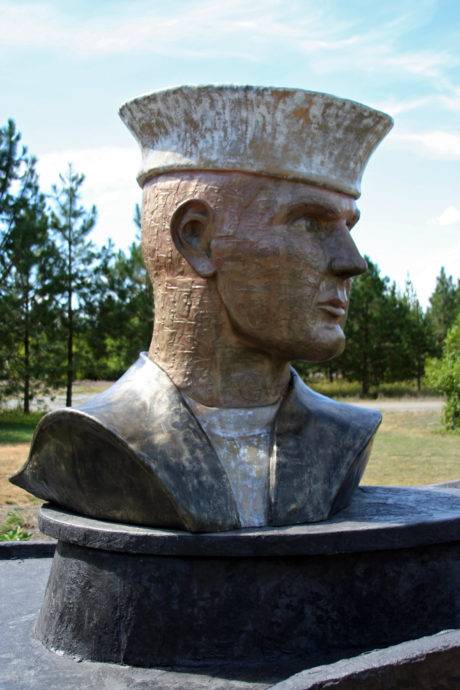
The grounds are now part of beautiful Farragut State Park. When you visit, check out The Brig Museum, home to boot camp, naval and war memorabilia dedicated to the 293,381 naval recruits who received their basic training at Farragut. In the Memorial Plaza, the centerpiece artwork is a large bronze bust of a U.S. sailor positioned on a base that resembles a “whale” boat, which recruits were trained to row in unison to learn a valuable lesson in teamwork. Surrounding the sculpture and facing the flags are 29 sets of footprints at attention.
Lake Pend Oreille also plays an integral role in the nation’s military readiness. The Navy’s Acoustic Research Detachment is still in Bayview and takes advantage of the excellent conditions in the lake for submarine acoustic research, development, testing and evaluation.
Submarine research also took place in southeastern Idaho. Learning that the Germans had developed the concept of nuclear power, the U.S. Navy began its nuclear research with the goal of powering submarines. In December, 1951, work at the Naval Reactors Facility (NRF) near Arco produced one of the most significant events of 20th century: the first usable amounts of electricity were generated by nuclear power. Two years later, the culmination of the work at the facility slid down a ramp into the icy waters off Groton, Connecticut — the world’s first atomic-powered submarine, the USS Nautilus.
From the early 1950s to the mid-1990s, Idaho’s NRF supported the U.S. Navy’s nuclear-powered fleet by testing reactor designs, receiving spent nuclear fuel for processing and storage, and training nearly 40,000 Navy personnel to operate surface and submarine nuclear power plants.
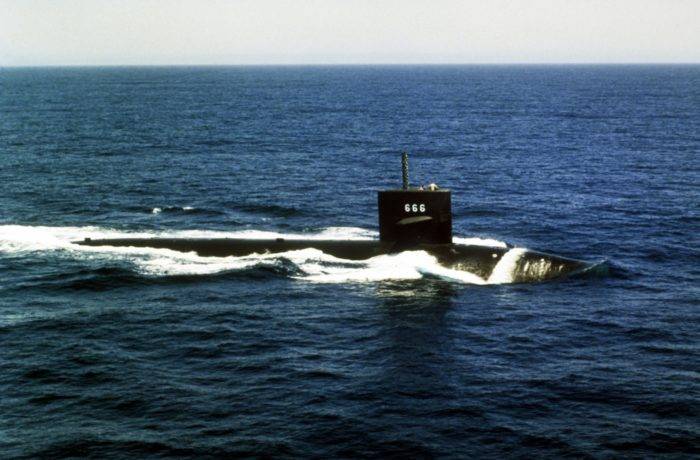
When you travel through Arco, the odd sight of the conning tower of the fast-attack nuclear submarine USS Hawkbill (SSN-666), known as “The Devil Boat,” rises from the ground in a roadside park. Reportedly the only known “submarine in the desert,” the Hawkbill’s sail is most fittingly located in the city of Arco, where nuclear propulsion for submarines began. During the Cold War, much of southeastern Idaho was a hotbed of nuclear testing and advancements – but because their studies were classified, no one knew about it.
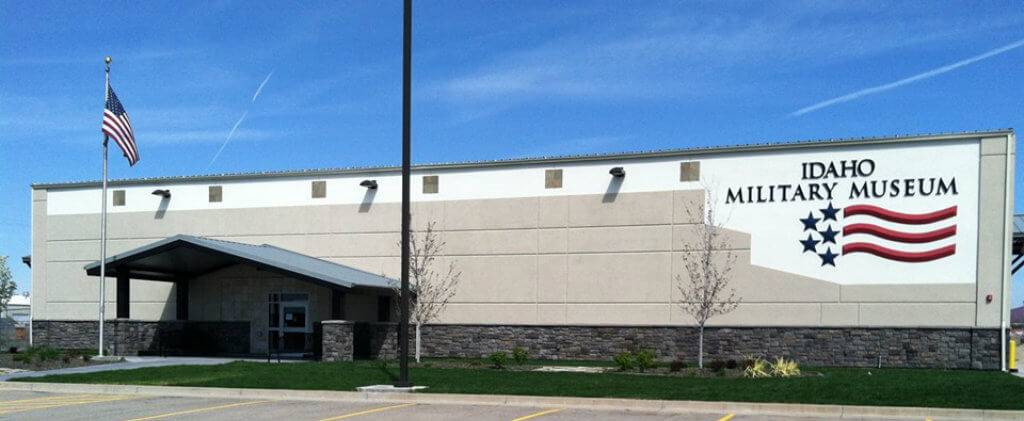
Idaho is home to several amazing military museums which honor the missions of our military men and women. The Idaho Museum of Military History is home to military aircrafts as well as exhibits on the roles Idahoans played in our military history.
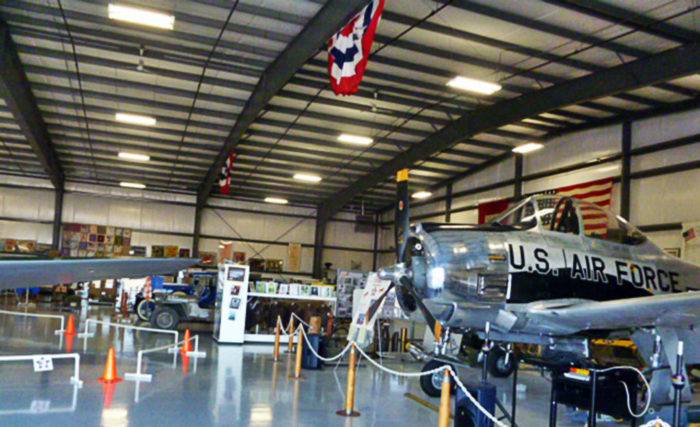

The Warhawk Air Museum works to preserve and teach the history of American veterans with extensive collections. You can check out a Curtiss P-40N Warhawk or visit the living history project that is recording the stories of veterans across the country. The Teton Aviation Center Warbird Collection and Legacy of Flight Museum are also great stops to honor our military history. Visit a fort replica or memorial, attend a parade or veterans memorial service or buy a poppy. Most importantly, find the opportunity to say “thank you” to veterans and serving members of our armed forces.
Published on November 10, 2015

